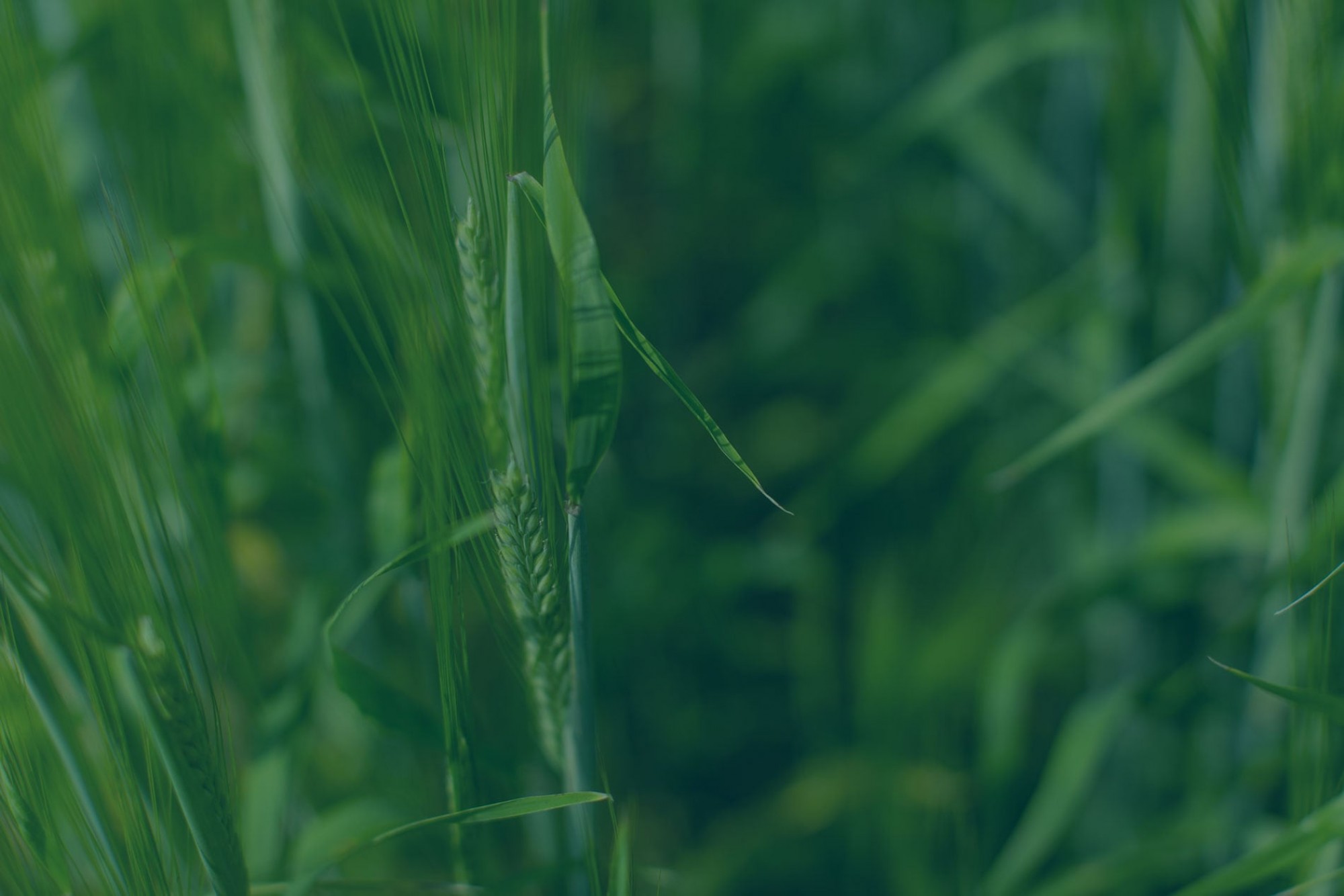Stubble and rotation considerations for winter wheat in black soil zones
Posted by Jeremy Boychyn MSc P.Ag.
As discussions around increasing the number of crops in rotation become more and more prevalent, winter wheat continues to be a viable option to add to your rotation. However, it is important to add winter wheat in a way that provides the greatest opportunity for success.
Stubble selection is an important factor to consider. Canola has been, and continues to be, a great option as stubble for winter wheat. This is because it does a great job trapping snow to protect the crop from winter-kill and also provides a relatively easy system to control volunteers.
Recently, newer high-yielding canola varieties require longer growing periods which makes it more challenging to seed winter wheat into canola stubble at the ideal seeding time. Understanding this, research led by Dr. Byron Irvine et al 2013. investigated the effects of seeding winter wheat into canola, pea, barley silage, grain barley, spring wheat, and oat stubble to determine the ideal stubble options for winter wheat seeding in black soil zones.
The two winter wheat varieties, Canadian Western Red Winter (CWRW) UM5809 and CWRW CDC Osprey yielded the best when seeded into canola, pea, and barley silage (Table 1). From this research, it's clear that although canola is the best option, pea and barley silage stubble provide adequate stubble for winter wheat seeding. Keep in mind that seeding into peas can still pose a winter-kill risk for winter wheat as the stubble may not be dense or tall enough to hold snow in place over the winter.
Table 1: Average yield of CWRW varieties UM5809 and CDC Osprey on various stubbles represented as a percentage (%) of yield compared to canola stubble at Brandon, MB; Indian Head, SK; Melfort SK; and Lacombe, AB.


